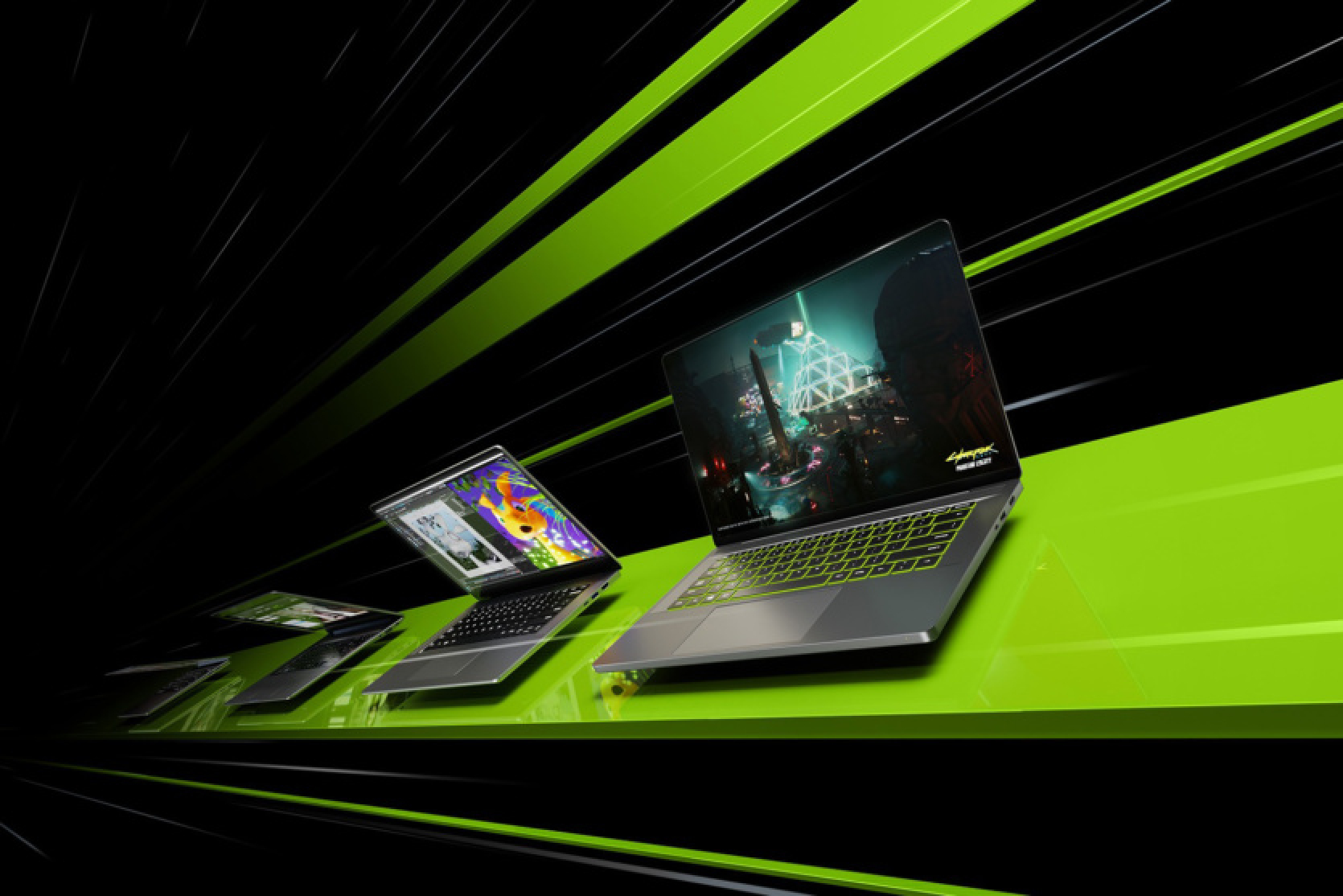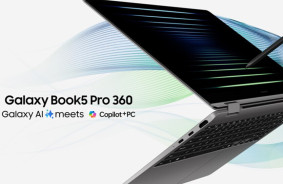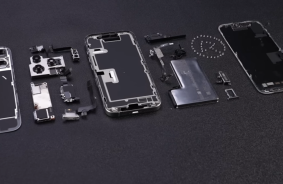Hackers have accessed materials from the laptop manufacturer Clevo and learned about the timing and details of the release of the NVIDIA RTX 50xx mobile graphics cards, next-generation Intel and AMD processors, and laptops with them.
NVIDIA Graphics Cards
NVIDIA plans to have up to six variants of RTX 50xx video cards for laptops. The new generation, codenamed GN22, will appear as specific products in 2025. This information was provided by Clevo's roadmaps accessed by hackers.
The RTX 50xx series will be available in six variants with codenames X11, X9, X7, X6, X4, and X2, from the best to the slowest graphics card. Clevo divided them into two groups of three variants each. This means that the GB203 and GB205, as well as GB206 and GB207, make up two lines that may be incompatible in terms of contacts.
At the same time, NVIDIA will not stop releasing RTX 4050, RTX 3050, and RTX 2050 video cards. These models will continue to be sold in 2025, but RTX 2050, it seems, will be finally replaced by RTX 3050 4 GB.
The most interesting detail concerns memory configurations. NVIDIA does not plan to release video cards with 6GB of memory in the GPU RTX 50xx series for laptops; instead, it plans three variants with 8GB. There will also be two models with 16GB and one with 12GB. All of them will use GDDR7 memory. Other documents claim that NVIDIA will reduce the maximum TGP for some models.
The roadmap confirms that the NVIDIA RTX 50xx series of GPUs for laptops will be released in 2025. Production of GN22 Board 1 will begin in January 2025, and GN22 Board 2 will start in March 2025.
Also known is the roadmap for next-generation processors from Intel and AMD, which shows when to expect chips Arrow Lake, Panther Lake, Strix, Krackan, and Fire Range on laptops.
Intel Processors
Intel plans to transition its high-end HX series to the Arrow Lake-HX processor family, with 8 high-performance Lion Cove cores and 16 energy-efficient Skymont cores. These chips will be similar to the desktop Arrow Lake-S. It is expected that they will be released around the fourth quarter of 2024 - first quarter of 2025.
The processors will be available with a 55W TDP. Intel is also preparing an update for Arrow Lake-HX, which should offer new specifications and additional TOPS for artificial intelligence. The Arrow Lake-HX Refresh lineup is expected to debut before CES 2026.
Regarding a more mass-market aspect, the Arrow Lake-H and Arrow Lake-U chip families will debut at the same time as the Arrow Lake-HX - closer to CES 2025, with an update to the Arrow Lake-H lineup expected only after 2-3 quarters. The Arrow Lake-H and Arrow Lake-H refresh chips will be supplied with 28-45W TDP, while the Arrow Lake-U series will have a 15W TDP. The processors will be compatible with Meteor Lake, as Panther Lake will already transition to a new pinout.
The Panther Lake-H and Panther Lake-U models will bring additional benefits to the market and are expected to arrive around CES 2026. It is likely that they will first appear on desktop PCs and then on laptops.
There is also an update expected for the thin and light segment, which includes the Intel Lunar Lake "Core Ultra 200V" chips. They will have a 17W TDP and will appear in the second half of this year, starting from the third quarter, which is approximately correct.
AMD Processors
Most of AMD's new next-generation processors will be launched in 2025. The flagship Fire Range processors based on the Zen 5 architecture will be similar to the Ryzen 9000 Granite Ridge. The chip family will retain 16 cores and will also have X3D variants, which will be enhanced with 3D V-Cache.
The Strix Halo processors will have 16 Zen 5 cores and 45-50 TOPS, while the Strix Point family, officially announced as the Ryzen AI 300 series, will have a configuration of 12 cores and 50 TOPS.
The Strix Point chips will be available from July 2024 until 2025. Finally, the Krackan Point processors will have only 8 cores, but will retain the same 50 TOPS. The Strix Point and Krackan chips will be compatible with FP8 (LPDDR), Strix Halo with FP11 (LPDDR5), and Fire Range with FL1 (DDR5).
Sources: Dominic Alvieri, VideoCardz, Wccftech














Comments (0)
There are no comments for now